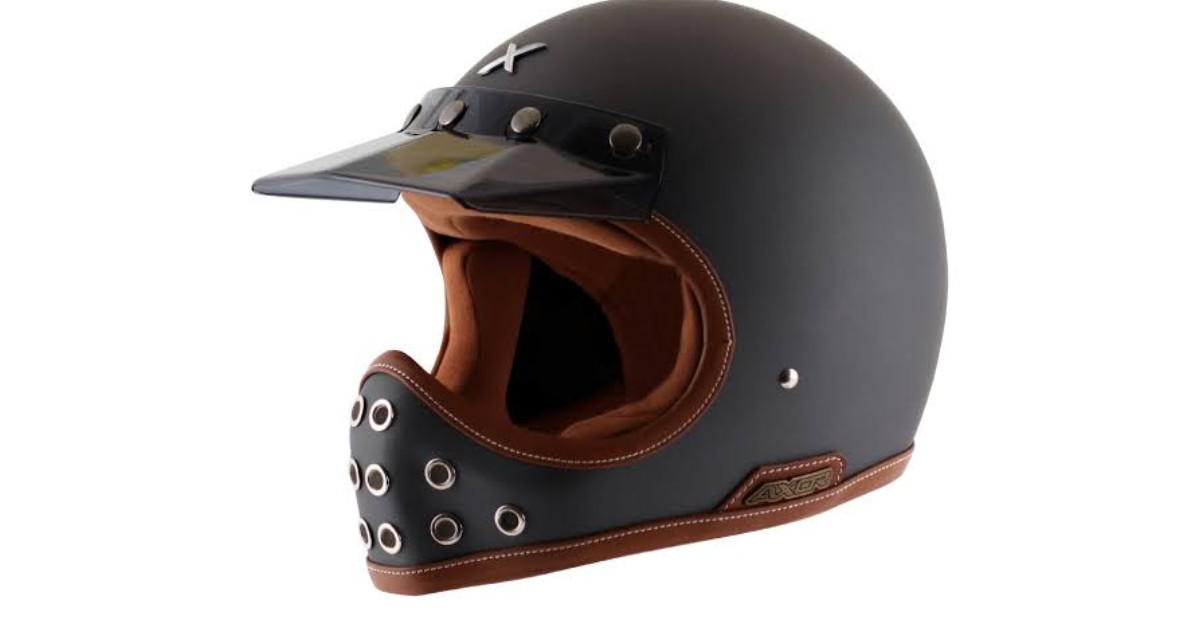Why Every Rider Should Prioritize a Helmet For Bike
Riding a motorcycle offers a unique sense of freedom and adventure, but it also comes with its fair share of risks. Among all the safety gear available to riders, the Helmet For Bike stands out as the most essential. Whether you’re a daily commuter or a weekend adventurer, investing in a high-quality helmet can mean the difference between life and death in the event of an accident. It’s more than just a legal requirement—it’s a critical component of rider safety, comfort, and performance.
The Importance of Wearing a Helmet
Statistics from road safety authorities around the world consistently show that head injuries are a leading cause of death in motorcycle accidents. A well-fitted helmet absorbs much of the impact energy during a crash, significantly reducing the risk of severe brain injury. It’s not just about following the rules—it’s about making a smart choice that protects your life.
Modern helmets are designed using advanced materials like polycarbonate, carbon fiber, and expanded polystyrene foam to provide maximum protection. These materials work together to reduce impact force and prevent penetration. More than that, they offer wind resistance, reduce noise, and protect against sun glare and flying debris.
Types of Helmets: Choosing What’s Right for You
Before choosing a helmet for bike, it’s important to understand the different types available in the market. Each helmet style offers unique features and levels of protection:
1. Full-Face Helmets
Full-face helmets provide the most complete protection, covering the entire head and face. They are ideal for long-distance rides and high-speed travel. Full-face helmets often come with advanced features such as ventilation systems, anti-fog visors, and integrated Bluetooth systems. These are particularly beneficial for riders who prioritize both safety and comfort.
2. Open-Face Helmets
Open-face helmets cover the top and sides of the head but leave the face exposed. They are a popular choice for city riders who prioritize visibility and airflow over maximum protection. However, they offer less protection in the event of a frontal impact.
3. Modular Helmets
Also known as flip-up helmets, modular designs combine the protection of full-face helmets with the convenience of open-face models. The chin bar can be lifted up, making them versatile for touring and urban commuting.
4. Half Helmets
These helmets cover only the top of the head and provide minimal protection. While they offer a greater sense of freedom, they are not recommended for riders prioritizing safety.
Key Features to Look For in a Bike Helmet
When selecting a helmet for bike, it’s crucial to consider several factors to ensure you’re getting the right balance of safety, comfort, and functionality.
1. Fit and Comfort
A helmet should fit snugly around your head without causing discomfort. It shouldn’t move when you shake your head. Most brands offer sizing charts, and it’s always advisable to try on a helmet before making a purchase.
2. Safety Certification
Make sure the helmet is certified by relevant safety standards such as DOT (Department of Transportation), ECE (Economic Commission for Europe), or ISI (Indian Standards Institute). These certifications confirm that the helmet has passed rigorous testing.
3. Ventilation
Proper airflow is essential, especially during long rides or in hot climates. Look for helmets with well-placed vents that can be adjusted as needed.
4. Visor Quality
A good visor protects your eyes from dust, wind, and UV rays. Many high-end helmets feature anti-fog and scratch-resistant visors for enhanced visibility.
5. Weight
Lightweight helmets reduce fatigue on long rides. Carbon fiber helmets are particularly light and strong but can be more expensive.
Helmet Maintenance Tips
Even the best helmet for bike requires regular care and maintenance. Sweat, dust, and exposure to the elements can degrade its performance over time.
-
Clean the exterior with a soft cloth and mild soap to remove dirt and grime.
-
Wash the interior lining periodically if it’s removable. This helps maintain hygiene and comfort.
-
Inspect for damage regularly, especially after a fall. Any cracks or dents could compromise the helmet’s protective ability.
-
Replace your helmet every 3–5 years or immediately after a significant impact, even if no visible damage is present.
Myths About Helmets
Despite the evidence supporting helmet use, several myths continue to circulate among riders. Let’s bust some of them:
Myth 1: “Helmets reduce visibility and hearing.”
Modern helmets are designed to provide a wide field of view and adequate ear clearance. In fact, they can reduce wind noise and improve concentration on the road.
Myth 2: “Helmets cause neck injuries during crashes.”
This myth has been thoroughly debunked. Helmets actually stabilize the head and reduce the chances of fatal injuries. Neck injuries are often the result of not wearing a helmet or using an ill-fitted one.
Myth 3: “Only long-distance riders need helmets.”
Accidents can happen anywhere—even a short ride across town can be dangerous without proper protection. Wearing a helmet should be a habit, not an exception.
How to Encourage Helmet Use
Promoting the use of helmets isn’t just a government responsibility—it starts with the rider. Set an example by always wearing your helmet, even for short trips. Encourage your friends and family to invest in a good helmet for bike and explain its importance.
Parents should also ensure that children riding pillion or riding their own bicycles wear helmets. Making helmets a non-negotiable part of riding culture will go a long way in improving road safety.
Final Thoughts
Choosing the right helmet for bike is one of the most important decisions you’ll make as a motorcyclist. It’s an investment in your safety, comfort, and peace of mind. With so many styles and features available today, there’s a perfect helmet for every kind of rider. Don’t compromise—your life is worth it.
Riding a motorcycle will always involve some risk, but with the proper gear, that risk can be greatly reduced. A quality helmet not only protects you in a crash but also enhances your riding experience. Make it a point to wear one every time you ride.







